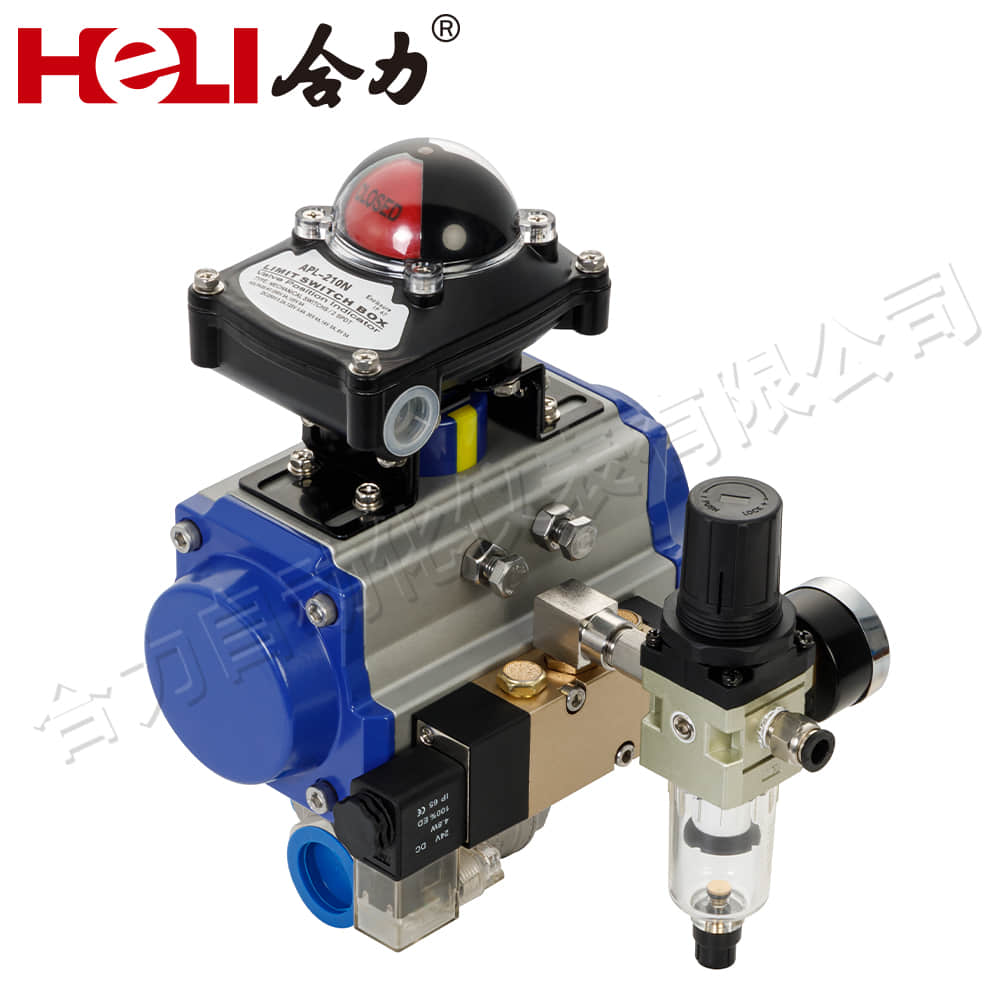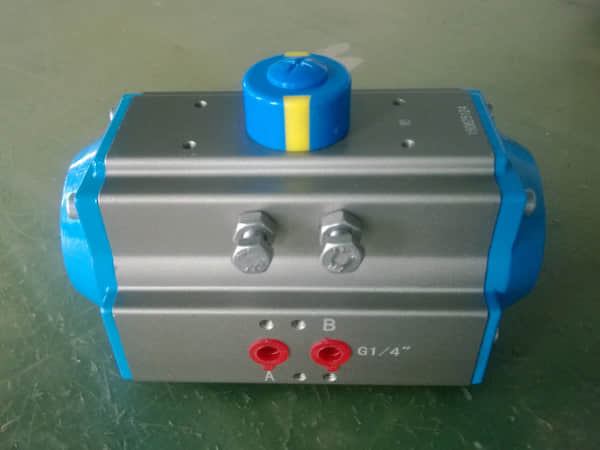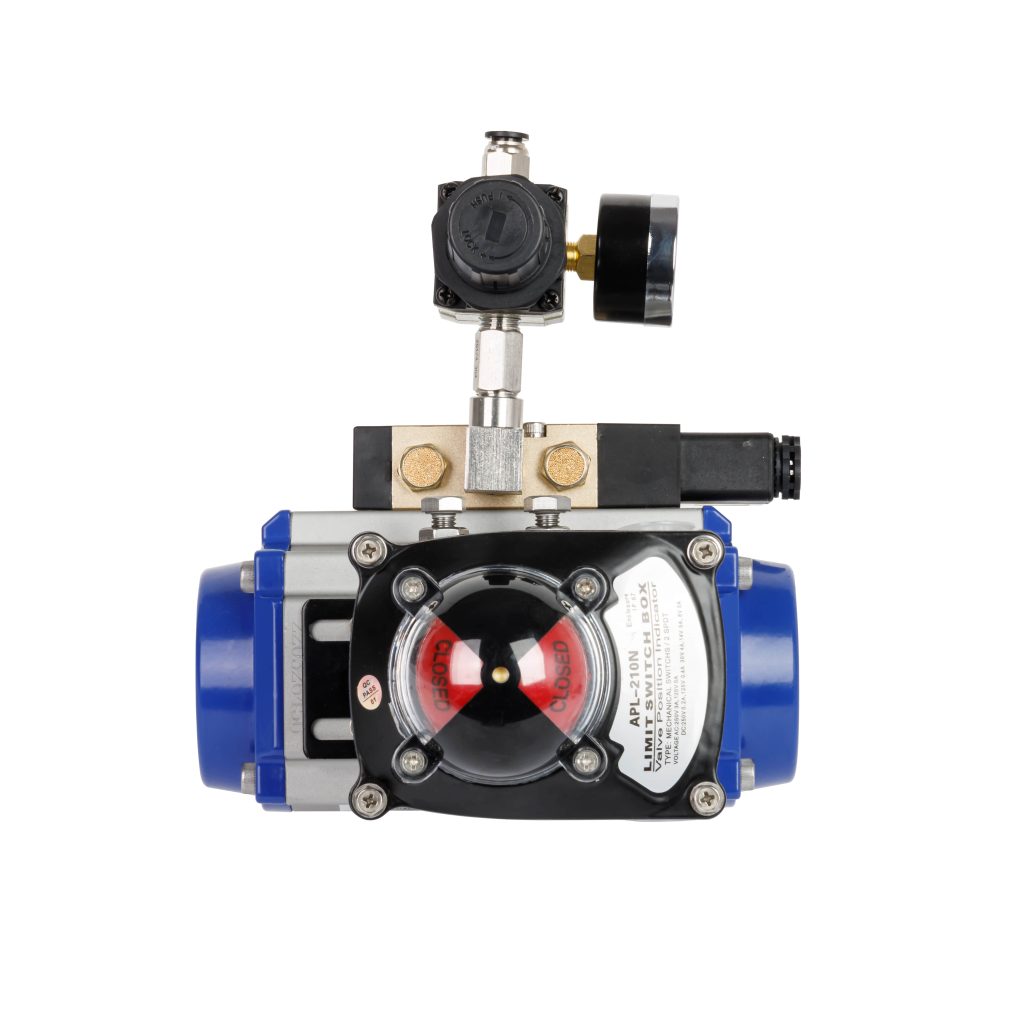Pneumatic actuators play a crucial role in various industrial applications, providing a reliable means of converting compressed air into mechanical motion. These devices are commonly utilized in automation systems, machinery, and processes where precise control and rapid response are essential. In this article, we will explore the principles of pneumatic actuators, their types, advantages, and applications.

Principles of Pneumatic Actuators

At the core of a pneumatic actuator is the principle of converting air pressure into motion. When compressed air enters the actuator, it fills a chamber and exerts force on a diaphragm or piston, causing it to move. This movement can be linear or rotary, depending on the design of the actuator.
The amount of motion produced is directly proportional to the pressure of the compressed air and the area of the diaphragm or piston. By adjusting the pressure, operators can control the speed and force of the actuator, allowing for precise manipulation of machinery and equipment. Types of Pneumatic Actuators
